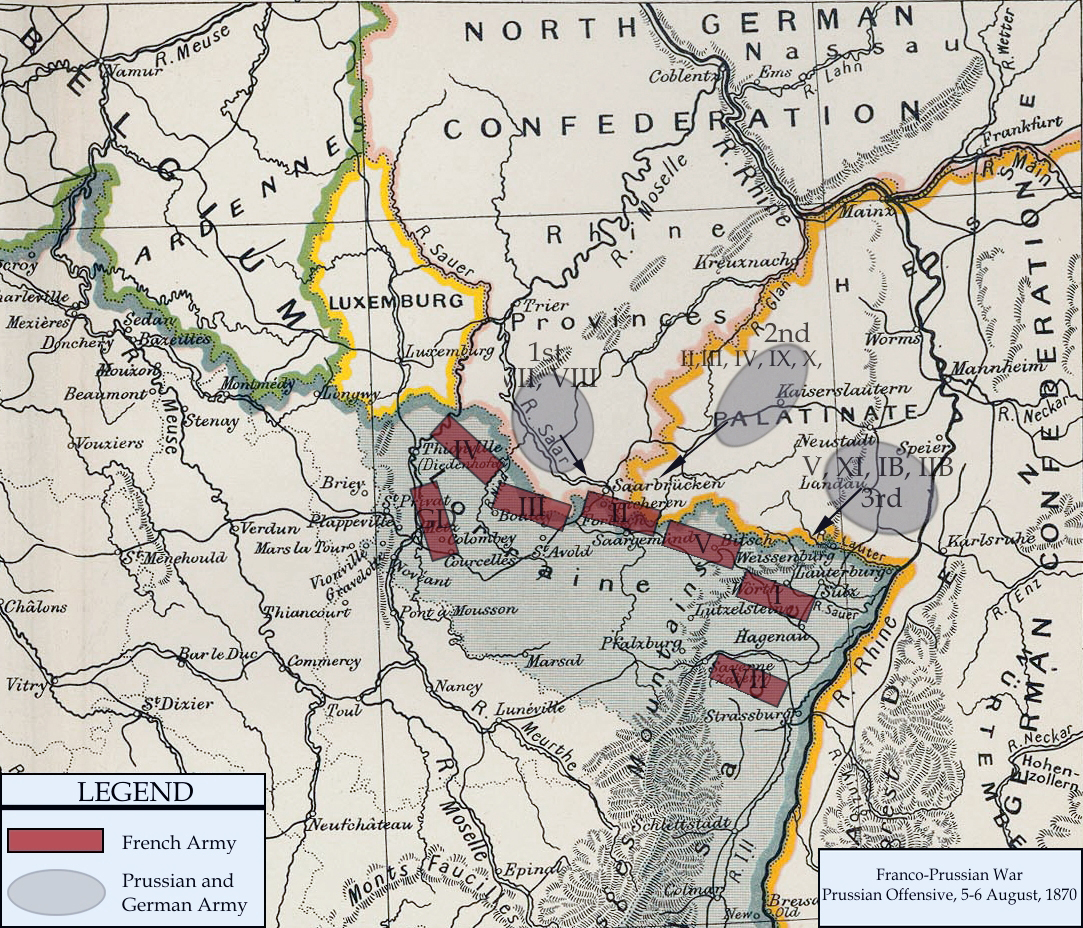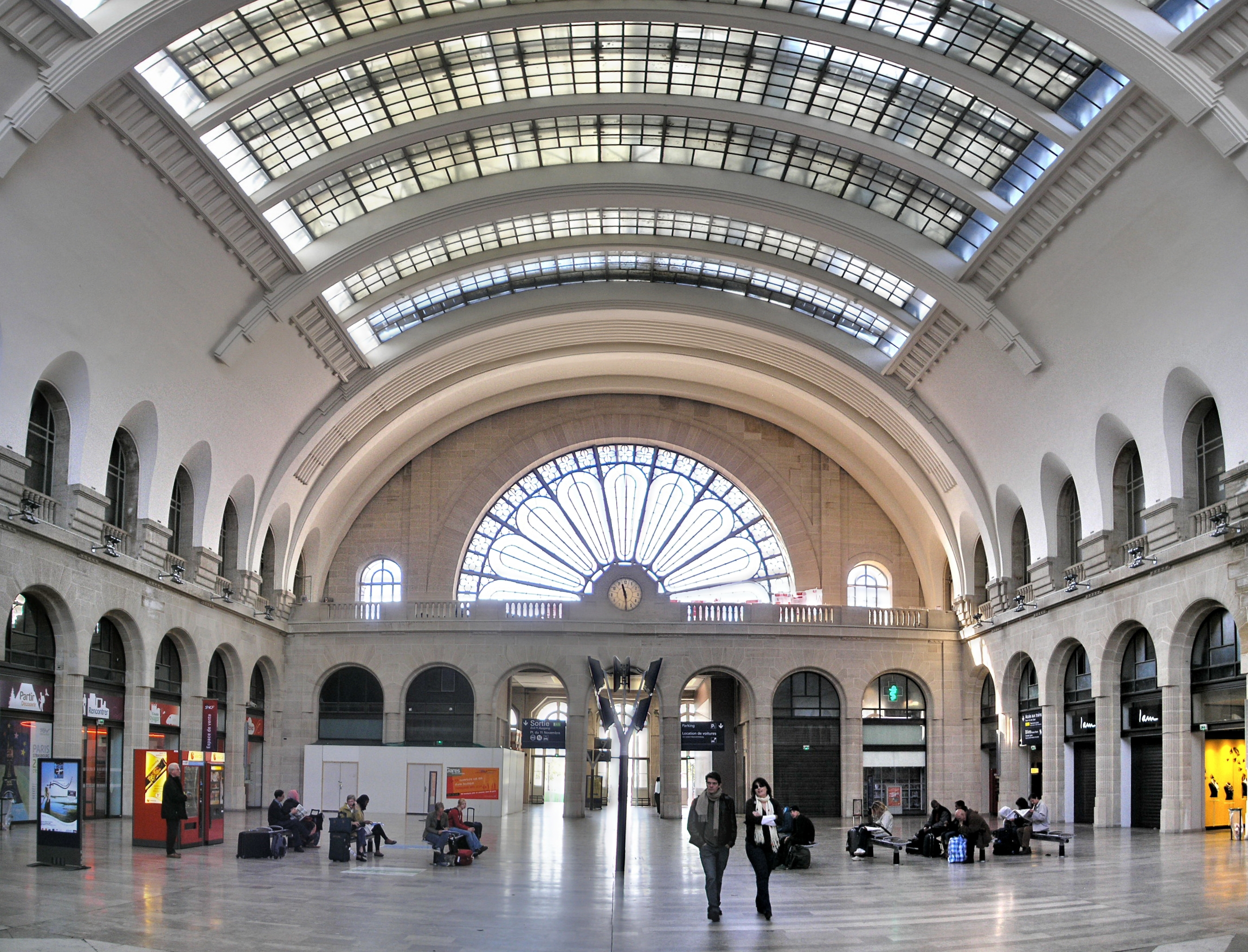|
Forbach
Forbach ( , , ; gsw, Fuerboch) is a commune in the French department of Moselle, northeastern French region of Grand Est. It is located on the German border approximately 15 minutes from the center of Saarbrücken, Germany, with which it constitutes a cross-border conurbation, and is part of the Saar-Moselle Eurodistrict. In 2017, Forbach had a population of 21,552 inhabitants,Téléchargement du fichier d'ensemble des populations légales en 2017 INSEE which, including its greater urban area, makes it the largest town in the eastern Moselle area. Until the [...More Info...] [...Related Items...] OR: [Wikipedia] [Google] [Baidu] |
Communauté D'agglomération De Forbach Porte De France
Communauté d'agglomération de Forbach Porte de France is the ''communauté d'agglomération'', an intercommunal structure, centred on the town of Forbach. It is located in the Moselle department, in the Grand Est region, northeastern France. Created in 2003, its seat is in Forbach.CA de Forbach Porte de France (N° SIREN : 245700372) BANATIC. Retrieved 8 November 2022. Its area is 139.1 km2. Its population was 76,764 in 2019, of which 21,597 in Forbach proper.Comparateur de territoire [...More Info...] [...Related Items...] OR: [Wikipedia] [Google] [Baidu] |
Gare De Forbach
Forbach railway station (french: Gare de Forbach) is a railway station in Forbach in the Moselle department of north-eastern France. It is the last station in France before the German border at Saarbrücken. Services The following train services serve the station as of 2022:Le réseau TER Fluo TER Grand Est, accessed 26 April 2022. See also *List of border crossing points in France
The following is a list of border crossing points in France (french: link=no, points de passages frontaliers, or ) forming the ...
[...More Info...] [...Related Items...] OR: [Wikipedia] [Google] [Baidu] |
Battle Of Spicheren
The Battle of Spicheren, also known as the ''Battle of Forbach'', was a battle during the Franco-Prussian War. The German victory compelled the French to withdraw to the defenses of Metz. The Battle of Spicheren, on 6 August, was the second of three critical French defeats. Moltke had originally planned to keep Bazaine's army on the Saar river until he could attack it with the 2nd Army in front and the 1st Army on its left flank, while the 3rd Army closed towards the rear. The aging General von Steinmetz made an overzealous, unplanned move, leading the 1st Army south from his position on the Moselle. He moved straight toward the town of Spicheren, cutting off Prince Frederick Charles from his forward cavalry units in the process. Background The French declared war before their troops were in position to invade Germany. The Germans, commanded by Field Marshal von Moltke, began to assemble into three armies, which were to invade France and to occupy Paris. On 4 August th ... [...More Info...] [...Related Items...] OR: [Wikipedia] [Google] [Baidu] |
Saarbrücken
Saarbrücken (; french: link=no, Sarrebruck ; Rhine Franconian: ''Saarbrigge'' ; lb, Saarbrécken ; lat, Saravipons, lit=The Bridge(s) across the Saar river) is the capital and largest city of the state of Saarland, Germany. Saarbrücken is Saarland's administrative, commercial and cultural centre and is next to the French border. The modern city of Saarbrücken was created in 1909 by the merger of three towns, Saarbrücken, St. Johann, and Malstatt-Burbach. It was the industrial and transport centre of the Saar coal basin. Products included iron and steel, sugar, beer, pottery, optical instruments, machinery, and construction materials. Historic landmarks in the city include the stone bridge across the Saar (1546), the Gothic church of St. Arnual, the 18th-century Saarbrücken Castle, and the old part of the town, the ''Sankt Johanner Markt'' (Market of St. Johann). In the 20th century, Saarbrücken was twice separated from Germany: from 1920 to 1935 as ca ... [...More Info...] [...Related Items...] OR: [Wikipedia] [Google] [Baidu] |
Petite-Rosselle
Petite-Rosselle (; ; Palatine German: ''Klänrossle'') is a commune in the Moselle department of the Grand Est region in north-eastern France. The commune is separated from neighbouring Großrosseln to its west by the small river Rossel, which forms the border between France and Germany. It has 6,322 inhabitants (2018). History From the year's 843 signing of the Treaty of Verdun, the location of the present commune fell within the territory of Middle Francia. Between 925–1542, it was part of the Duchy of Lorraine, within the Holy Roman Empire. From 1542-1766 it was in the independent Duchy of Lorraine. Between 1766-1871 it was incorporated into France. Periodic wars between France and Germany led to the establishment of the frontier along the river Moselle. Between 1871–1918 the Imperial Territory of Alsace-Lorraine, including Petite-Rosselle, was annexed by the German Empire. Following the Treaty of Versailles, Petite-Rosselle returned to French control and remained ... [...More Info...] [...Related Items...] OR: [Wikipedia] [Google] [Baidu] |
Jean-Luc Cairon
Jean-Luc Cairon (14 February 1962 – 26 February 2022) was a French-American gymnast, coach and convicted felon. Career Cairon was born in Forbach, France. He competed in eight events at the 1984 Summer Olympics. Cairon was a co-owner and coach at now-defunct Krafft Academy in Tulsa, Oklahoma. He coached for over three years at South Country Gymnastics in Jenks, Oklahoma, and was an assistant women's gymnastics coach at Arizona State University. In 2021, an athlete alleged Cairon had groomed her and touched her inappropriately, resulting in a report to the United States Center for SafeSport The United States Center for SafeSport is an American 501(c)(3) nonprofit organization established in 2017 under the auspices of the Protecting Young Victims from Sexual Abuse and Safe Sport Authorization Act of 2017. SafeSport is tasked with .... Cairon was arrested, released on bail, showed intent to flee the court's jurisdiction, and was sentenced to 25 years in prison upon ... [...More Info...] [...Related Items...] OR: [Wikipedia] [Google] [Baidu] |
Claire Burger
Claire Burger is a French film director, film editor and screenwriter. She received the Camera d'Or award for her debut feature film '' Party Girl'' at the 2014 Cannes Film Festival The 67th Cannes Film Festival was held from 14 to 25 May 2014. New Zealand film director Jane Campion was the head of the jury for the main competition section. The Palme d'Or was awarded to the Turkish film ''Winter Sleep'' directed by Nuri B .... Filmography Director Writer References External links * * Living people Year of birth missing (living people) French film directors French women film directors French women screenwriters French screenwriters French film editors French cinematographers French women cinematographers People from Forbach French women film editors Directors of Caméra d'Or winners {{France-film-director-stub ... [...More Info...] [...Related Items...] OR: [Wikipedia] [Google] [Baidu] |
Grand Est
Grand Est (; gsw-FR, Grossa Oschta; Moselle Franconian/ lb, Grouss Osten; Rhine Franconian: ''Groß Oschte''; german: Großer Osten ; en, "Great East") is an administrative region in Northeastern France. It superseded three former administrative regions, Alsace, Champagne-Ardenne and Lorraine, on 1 January 2016 under the provisional name of Alsace-Champagne-Ardenne-Lorraine (; ACAL or, less commonly, ALCA), as a result of territorial reform which had been passed by the French Parliament in 2014. The region sits astride three water basins (Seine, Meuse and Rhine), spanning an area of , the fifth largest in France; it includes two mountain ranges ( Vosges and Ardennes). It shares borders with Belgium, Luxembourg, Germany and Switzerland. As of 2017, it had a population of 5,549,586 inhabitants. The prefecture and largest city, by far, is Strasbourg. The East of France has a rich and diverse culture, being situated at a crossroads between the Latin and Germanic worlds ... [...More Info...] [...Related Items...] OR: [Wikipedia] [Google] [Baidu] |
Moselle (department)
Moselle () is the most populous department in Lorraine, in the east of France, and is named after the river Moselle, a tributary of the Rhine, which flows through the western part of the department. It had a population of 1,046,543 in 2019.Populations légales 2019: 57 Moselle INSEE Inhabitants of the department are known as ''Mosellans''. History 
 On March 4, 1790, Moselle became one of t ...
On March 4, 1790, Moselle became one of t ...
[...More Info...] [...Related Items...] OR: [Wikipedia] [Google] [Baidu] |
Gare De L'Est
The Gare de l'Est (; English: "Station of the East" or "East station"), officially Paris-Est, is one of the six large mainline railway station termini in Paris, France. It is located in the 10th arrondissement, not far southeast from the Gare du Nord, facing the Boulevard de Strasbourg, part of the north-south axis of Paris created by Georges-Eugène Haussmann. Opened in 1849, it is currently the fifth-busiest of the six main railway stations in Paris before the Gare d'Austerlitz. The Gare de l'Est is the western terminus of the Paris–Strasbourg railway and Paris–Mulhouse railway which then proceeds to Basel, Switzerland. History The Gare de l'Est was opened in 1849 by the Compagnie du Chemin de Fer de Paris à Strasbourg (Paris–Strasbourg Railway Company) under the name "Strasbourg platform" (''Embarcadère de Strasbourg''); an official inauguration with President Louis Napoléon Bonaparte took place the next year. The platform corresponds today with the hall ... [...More Info...] [...Related Items...] OR: [Wikipedia] [Google] [Baidu] |
Saar-Warndt Coal Mining Basin
Saar-Warndt coal mining basin is an area of Germany and France. It has been shaped by two centuries of coal extraction from the start of the 19th century to the start of 21st century; and it represents a significant period in the history of European industrialisation. The Saar coalfield has passed between France and Germany during the 1900s. After World War One it was agreed in the Treaty of Versailles to be owned by France, until a plebiscite took place 15 years later where the local citizens voted to become part of Germany. Following World War Two this area was officially returned to France. However in 1957 the Saar rejoined Germany. This piece of land was valuable to these countries especially during this coal powered period of history. However most of the coal in that area was mined when it belonged to France post-WW1. File:Lh2 03.jpg, La Houve, 20th century File:2015-05 - Puits Sainte-Marthe - 09.JPG, Fosse Sainte-Marte built in 1848 File:2015-05 - Puits Folschviller - 1 ... [...More Info...] [...Related Items...] OR: [Wikipedia] [Google] [Baidu] |
Alsace–Lorraine
Alsace–Lorraine, now called Alsace–Moselle, is a historical region located in France. It was created in 1871 by the German Empire after it had seized the region from the Second French Empire in the Franco-Prussian War with the Treaty of Frankfurt. Alsace–Lorraine reverted to French ownership in 1918 as part of the Treaty of Versailles and Germany's defeat in World War I. When created in 1871, the region was named the Imperial Territory of Alsace–Lorraine (german: Reichsland Elsaß–Lothringen or ; gsw-FR, 's Richslànd Elsàss–Lothrìnga; Moselle Franconian/ lb, D'Räichland Elsass–Loutrengen) and as a new territory of the German Empire. The Empire annexed most of Alsace and the Moselle department of Lorraine, following its victory in the Franco-Prussian War. The Alsatian part lay in the Rhine Valley on the west bank of the Rhine River, east of the Vosges Mountains; the section originally in Lorraine was in the upper Moselle valley to the north of the Vosges ... [...More Info...] [...Related Items...] OR: [Wikipedia] [Google] [Baidu] |



